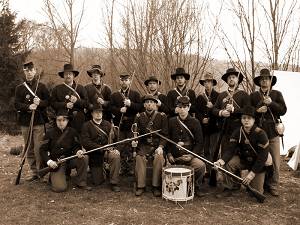Hallo Kameraden,
After sailing through many Threads about pipes on this Forum, I have some Qustions about the Term "Briar", I often read, what kind of wood is it ? Is it Erica arborea, or Bruyère, this could not be, because this wood wasn't used prior 1880.
I used "Aunt Wiki" and "Uncle Google", but the only Information I found, is the German Term "Dornstrauch" for Briar, but no further useful Information.
Does anyone knows the latin term of Briar ? Are some biologist on this forum ?
After sailing through many Threads about pipes on this Forum, I have some Qustions about the Term "Briar", I often read, what kind of wood is it ? Is it Erica arborea, or Bruyère, this could not be, because this wood wasn't used prior 1880.
I used "Aunt Wiki" and "Uncle Google", but the only Information I found, is the German Term "Dornstrauch" for Briar, but no further useful Information.
Does anyone knows the latin term of Briar ? Are some biologist on this forum ?



Comment